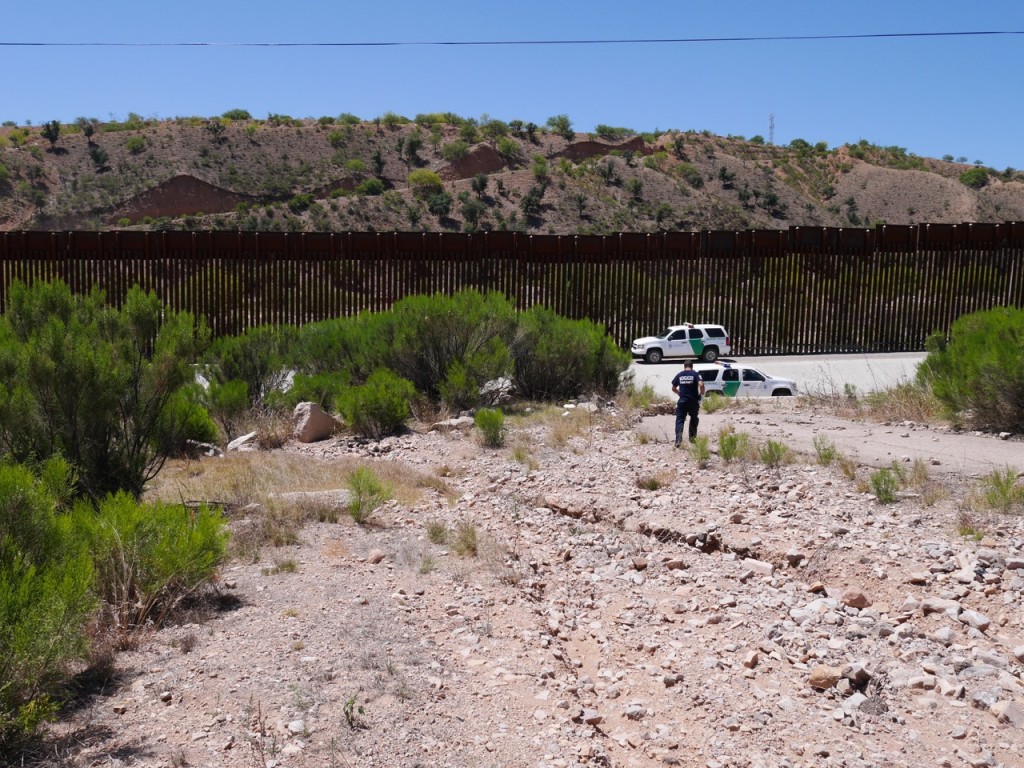UPDATED 10/29/17, 9:50 am: Edited to include links to helpful resources
During the first few months of ethnographic research, many cultural anthropologists recognize that the training you received in the classroom seldom prepares you for the spontaneous, erratic, and frequently daunting task of actually completing field research. You are (oftentimes, but not always) away from friends, family, and home—people and spaces that make you feel safe and empowered. You may be learning a new language, new geography, and trying to gain access to communities and institutions that are cautious about letting you in. Fieldwork is a process that one submits to—sometimes throwing caution to the wind and pushing oneself to talk to people, go to locations, and navigate situations you would never openly embrace at home or in your everyday life.
Unfortunately, because this fascinating and complex process does not happen in a vacuum, ethnographers must create relationships in the context of all the oppressions that operate in the world. In their call for a “fugitive anthropology,” Berry et al (forthcoming 2017)[1] demand that we acknowledge and theorize the gendered, racialized, and sexualized violence that often constitutes the field and fieldwork for women of color and queer ethnographers. They write that speaking of “fieldwork as an individualistic rite of passage often obscures its constitutive and interlocking racial and gender hierarchies and inequities” and favors “the emblematic racially privileged male anthropologist” (1-2). The writers offer fugitive anthropology as a tool for resistance to anthropology’s “implicit masculinist ‘shut up and take it’ mentality in reference to gendered violence in the field” (2). Recognizing that women are three times more at risk than men for experiencing sexual harassment or assault in the field,[2] I share three fieldwork stories here hoping to contribute to the discussion about the politics of gendered and sexualized violence in the field and fieldwork, particularly for women of color ethnographers.

